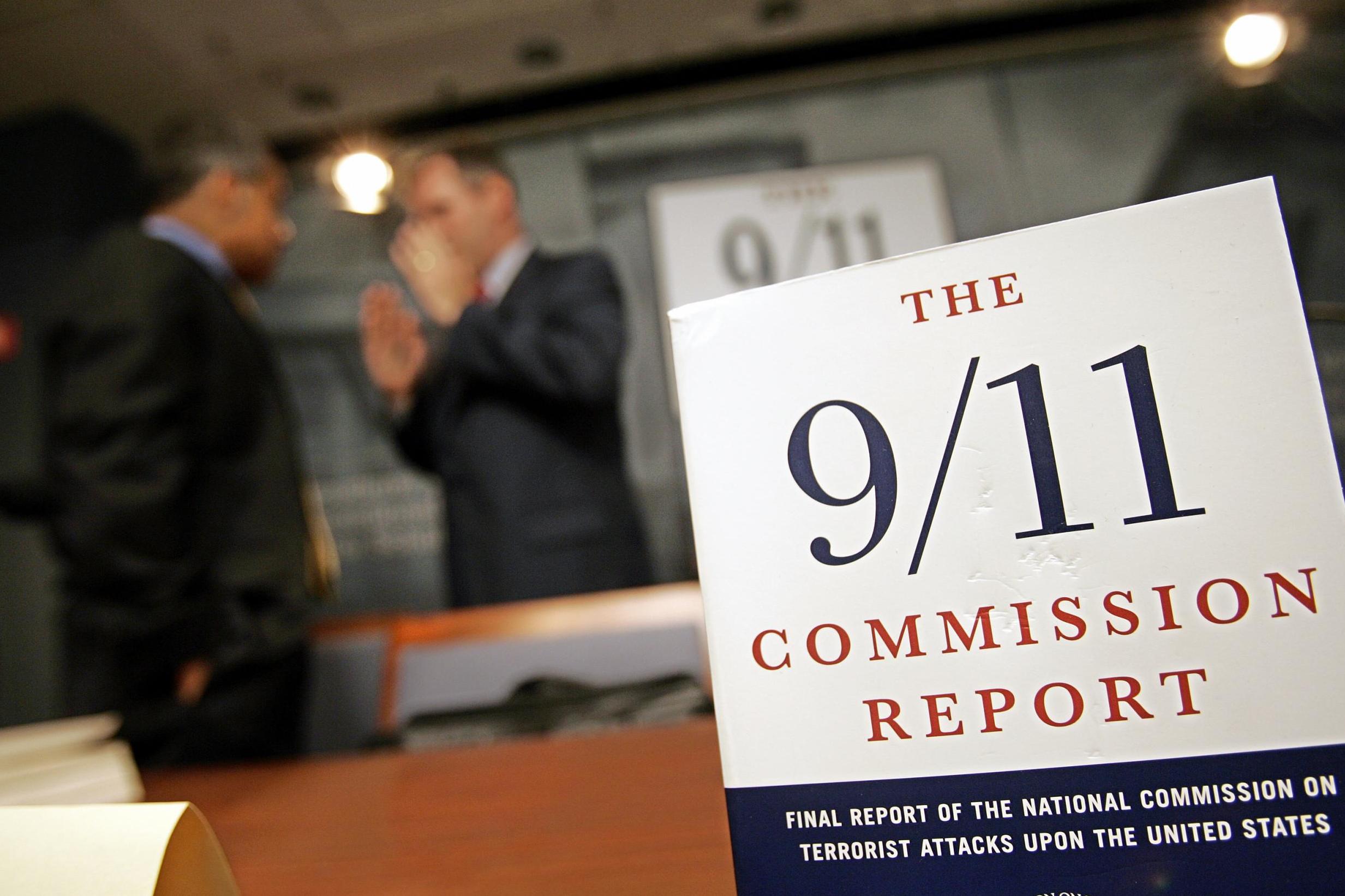Biden to release 9/11 testimony revealing Bush told Cheney he could shoot down planes
No verbatim transcript or recording of the 9/11 commission’s interview with Mr Bush and Mr Cheney exists because the Bush White House and the commission agreed not to make use of recordings or stenographers

Your support helps us to tell the story
From reproductive rights to climate change to Big Tech, The Independent is on the ground when the story is developing. Whether it's investigating the financials of Elon Musk's pro-Trump PAC or producing our latest documentary, 'The A Word', which shines a light on the American women fighting for reproductive rights, we know how important it is to parse out the facts from the messaging.
At such a critical moment in US history, we need reporters on the ground. Your donation allows us to keep sending journalists to speak to both sides of the story.
The Independent is trusted by Americans across the entire political spectrum. And unlike many other quality news outlets, we choose not to lock Americans out of our reporting and analysis with paywalls. We believe quality journalism should be available to everyone, paid for by those who can afford it.
Your support makes all the difference.The Biden administration is reportedly preparing to release a record of the joint interview former president George W Bush and former vice president Dick Cheney granted to the blue-ribbon commission that investigated the September 11, 2001 terrorist attacks on the World Trade Centre and Pentagon.
According to The Wall Street Journal, a source familiar with the contents of the document said the April 2004 Oval Office interview touched on matters such as Mr Bush’s decision to authorise Mr Cheney to order US forces to down civilian airliners if necessary.
The former president, who was initially in Florida during the attacks before taking to the skies aboard Air Force One, is reportedly described in the document as telling Mr Cheney: “Yes, engage the enemy — you have the authority to shoot down an airplane” while the then-vice president was holed up in the Presidential Emergency Operations Centre, the Second World War-era bunker located beneath the East Wing of the White House.
Mr Cheney also reportedly advised Mr Bush not to immediately return to Washington when the two of them spoke.
“The president agreed, reluctantly,” the document says, according to the Jounal. “The president asked the vice president to take necessary steps and stay in close touch”.
According to a New York Times report from the time of the interview, the agreement between the Bush White House and the commission establishing the terms of the 29 April 2004 Oval Office session did not permit the blue-ribbon panel to make use of an audio recording device, and the stenographers who typically record presidential meetings were not present either.
Instead, two note-takers — one from the White House and one from the commission — took notes, with the commission preparing a record for its own use.
According to Mr Bush’s then-press secretary, Scott McClellan, the session was not recorded or transcribed because of the White House’s view that it was a “private meeting” that included discussions of classified information.
''Let's keep in mind that it is extraordinary for a sitting president of the United States to sit down with a legislatively created commission,'' Mr McClellan said at the time.
Mr Bush’s advisers were reportedly concerned that having the then-president submit to a formal deposition or transcribed interview would set a precedent that could negatively impact Mr Bush or future chief executives.
A Bush White House aide told the Times that Mr Bush was “not testifying” but merely “talking” to the commission members.
Join our commenting forum
Join thought-provoking conversations, follow other Independent readers and see their replies
Comments